File Explorer, also known as Windows Explorer or Explorer, is a file and folder browser available in every version of Windows, including Windows 11/10. The File Explorer is used to browse internal and external hard drives, folders, and all types of files on your PC.
By default, when you open File Explorer in Windows, it opens with average or standard privileges. However, if you sign in to Windows as an administrator, File Explorer opens with full rights. But typically, Windows users do not sign in to their PC with an administrator account.
So, if you’re not signed in as administrator but, for some reason, if you wish to open the File Explorer with elevated rights, this gearupwindows article will guide you.
How to Open or Access File Explorer in Windows 11 or 10 as an Administrator?
As mentioned earlier, File Explorer opens with the least privilege, but it is possible to access it with full rights. For that, use the following steps:-
Step 1. First, open File Explorer by pressing the Windows + E keys on your keyboard.
Step 2. Then navigate to the “C:\Windows” directory or folder.
Step 3. After that, locate the Explorer app and right-click on that. From the available options, select Run as administrator.
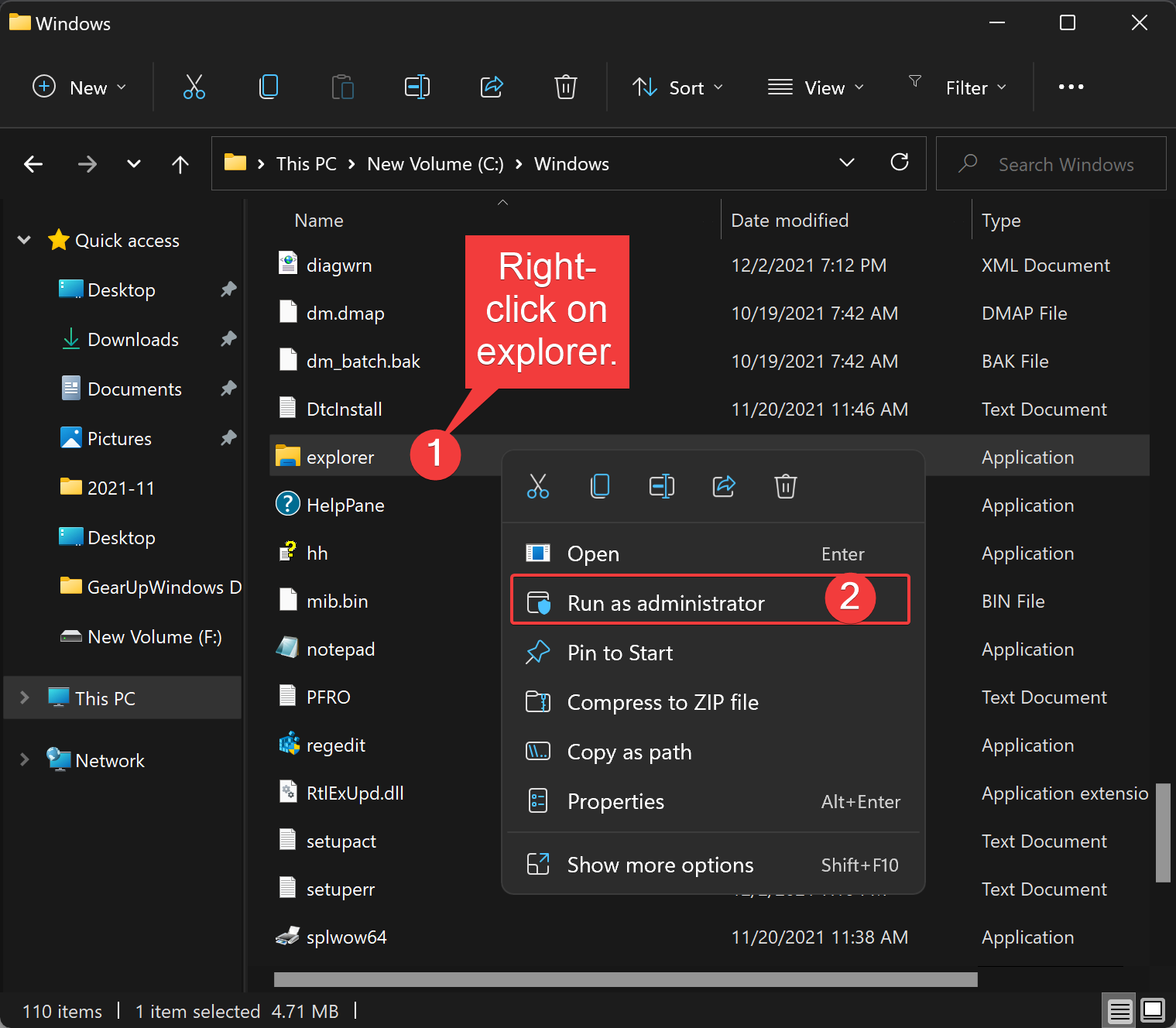
Once you complete the above steps, File Explorer will open with admin privilege.
How to Run File Explorer using Task Manager in Windows 11/10 as Administrator?
You can even run File Explorer as an administrator on Windows 11/10 using Task Manager. To do that, use the following recommended steps:-
Step 1. Very first, open Task Manager.
To do that, right-click on the Start button on the Taskbar and select Task Manager in the available options.
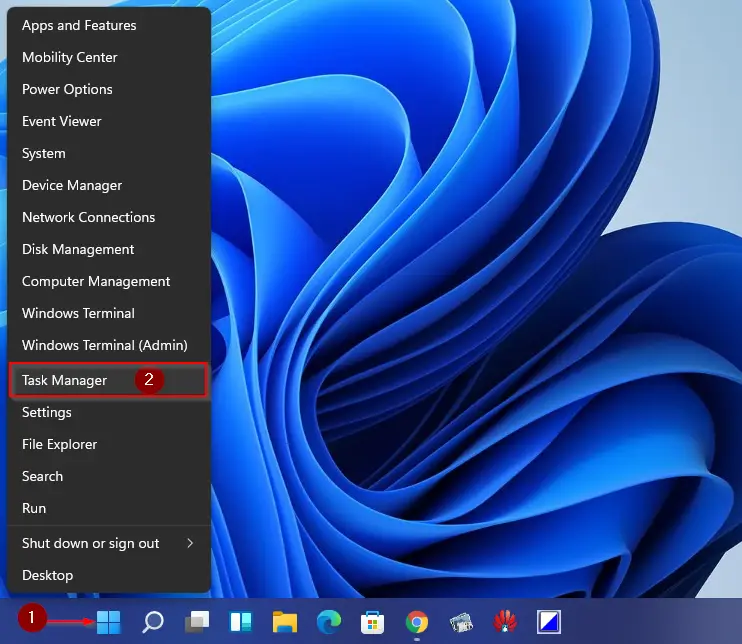
Now “Task Manager” opens.
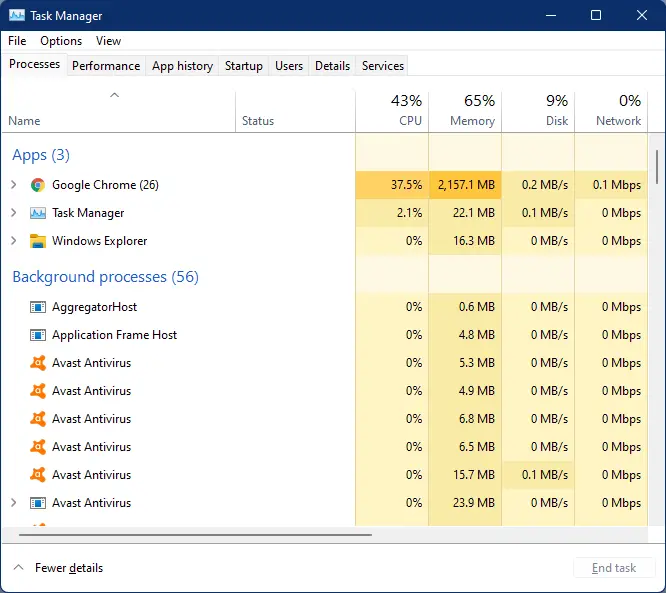
If the “Task Manager” opens with fewer details, then click More details on the bottom left corner of “Task Manager.”
Step 2. Once the “Task Manager” opens with complete details as shown in the above image, click File > Run new task.
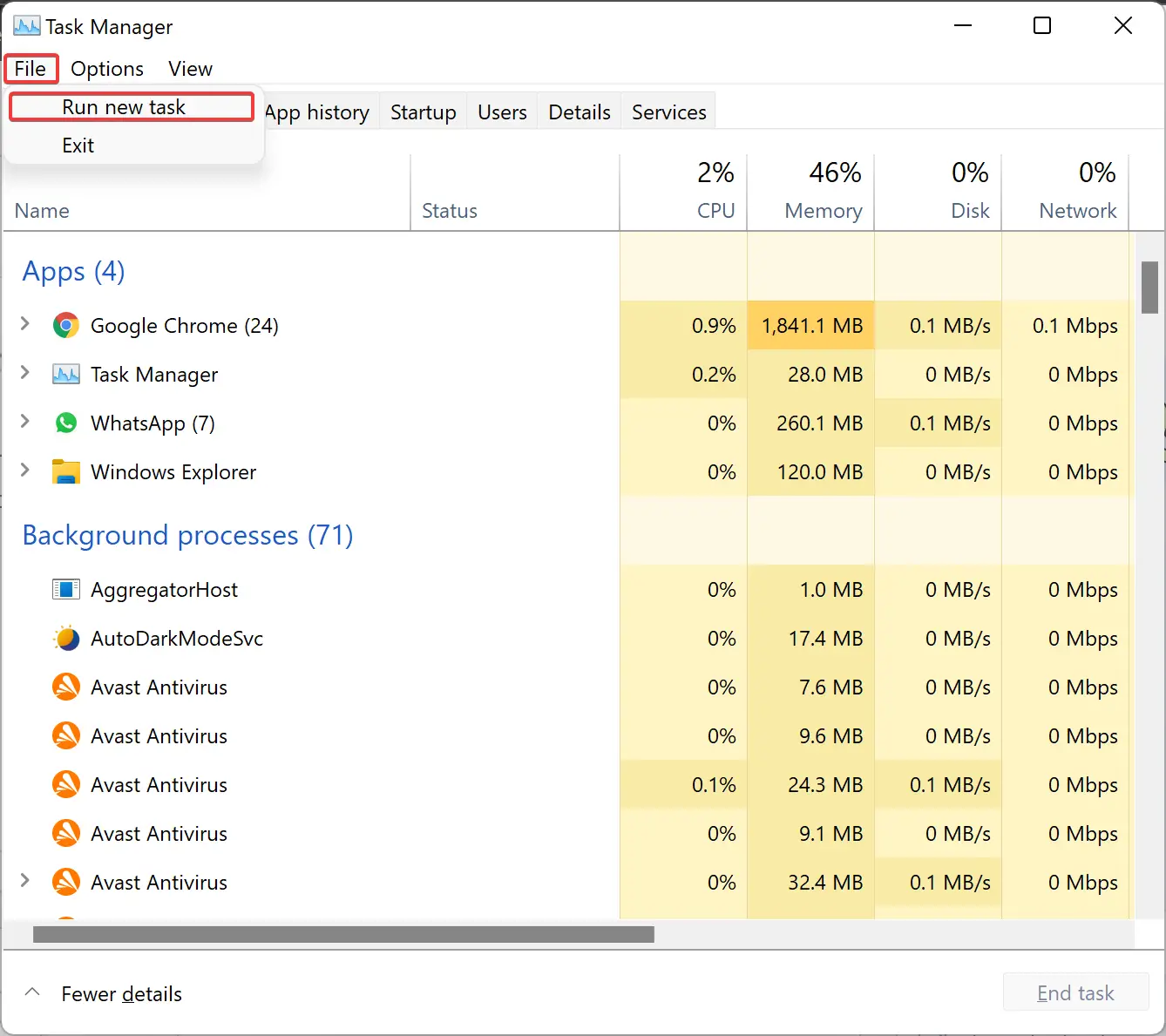
Step 3. On the pop-up window that appears, check the checkbox labeled “Create this task with administrative privileges.”
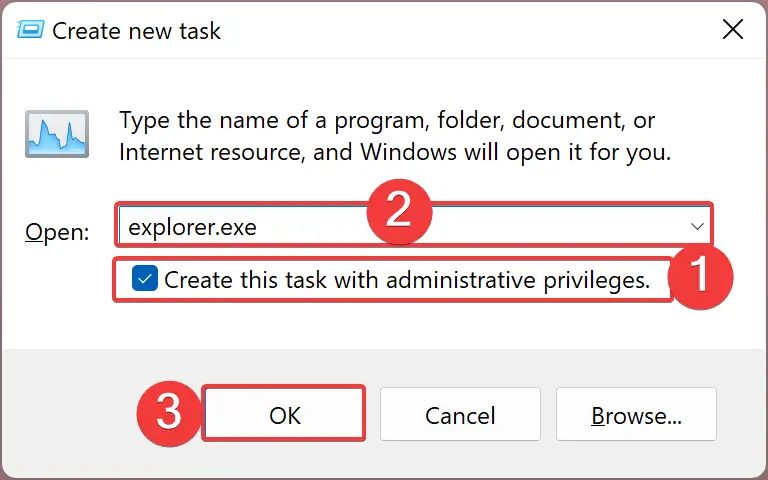
Step 4. After that, type explorer.exe next to the “Open” box.
Step 5. Finally, click the OK button or hit the Enter key on the keyboard.
That’s it. Once you complete the above steps, you will have File Explorer with elevated rights.
Conclusion
In conclusion, File Explorer is an essential tool for browsing files and folders on a Windows PC. By default, it opens with standard privileges, but it is possible to access it with elevated or administrator rights. This can be done by either navigating to the Explorer app in the C:\Windows folder and right-clicking to run as an administrator or by using Task Manager to run a new task with administrative privileges. These methods can be useful in situations where you need to perform actions that require elevated permissions. Overall, knowing how to run File Explorer as an administrator can be a handy trick for any Windows user.